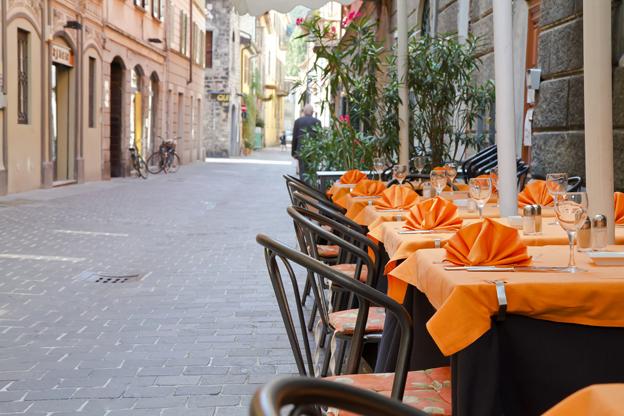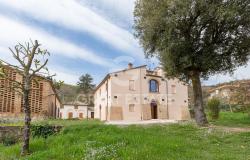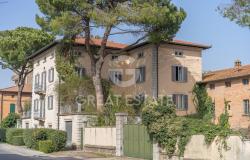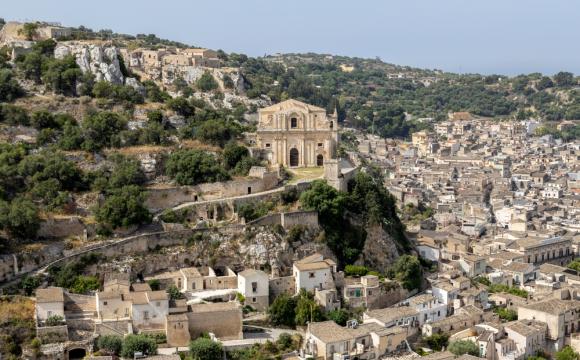One of the joys of visiting Italy is the opportunity to dine out and sample dishes you may not have at home. Whether it’s a simple slice of pizza or a formal dinner, Italy certainly has enough variation to keep all visitors happy when it comes to eating out.
The Italian verb to eat is mangiare and its conjugations are:
(io) mangio – I eat
(tu) mangi – you eat (informal)
(egli/ella) mangia - he/she eats
(lei) mangia – you eat (formal)
(noi) mangiamo – we eat
(voi) mangiate – you eat (plural, both formal and informal)
(essi) mangiano – they eat
It’s often not important to stress the use of the prefixes of I, you, he etc. as the conjugation emphasises the possession.
Like many countries, Italians have three set meal times: breakfast, la colazione, lunch, il pranzo, and dinner, la cena. Snacking and eating between meals is known as uno spuntino or una merenda.
As the time to eat approaches, you may want to communicate that you are hungry, to do this simply say, ho fame, the literal translation is, I have hunger, but it interprets as, I’m hungry. To say I’m thirsty you’d say, ho sete. Add to this your familiarity with the verb mangiare, and you can say to your friends, andiamo a mangiare qualcosa, let’s get something to eat.
Lunch time in Italy tends to be more than a simple sandwich and many people will sit down to at least two courses. Many establishments cater to the local community with set priced menus, and it’s possible that, for as little as €10 per person, you can have a pasta course followed by a meat course served with both water and wine.
Dinner is a different option altogether and it is always best to reserve your table. So once you’ve decided between the many establishments that offer good food, be it an osteria or a ristorante, the next step is making your booking. To reserve a table you would simply say, vorrei prenotare un tavolo, then all you need to add is the specific requirements you have, like, per stasera (for this evening), per domani (for tomorrow), per tre persone (for three people) and alle otto (at eight o’clock).
Some handy eating out phrases to learn are:
Potremmo avere un tavolo sulla terrazza? – Could we have a table on the terrace?
Che cosa consiglia la casa? – What are the house specials?
Posso avere il menu per favore? – May I have the menu please?
Vorrei una bottiglia di vino. – I’d like a bottle of wine.
È tutto compreso? – Is everything included?
After dinner, when the dishes have been cleared and you’ve sampled one of the local digestivi, it’s time to pay the bill. To ask for the bill you can say simply, il conto per favore, (the bill please) or, in a more formal establishment, you’d be more inclined to say, vorrei pagare il conto per favore, I’d like to pay the bill please.
Not all dining establishments in Italy take card payments, particularly those away from the main tourist areas, so it’s best to enquire before ordering dinner. To do this ask, accettate carte di credito?, do you accept credit cards?, or posso pagare con carta?, can I pay by card?
If you’ve enjoyed your meal and want to leave a tip you can always say, as you pay, tenga il resto (keep the change), or grazie, questo è per lei, (thanks, this is for you).
Learning these few simple phrases and communicating in Italian will hopefully enhance your holiday dining experience, and don’t forget to wish your dining partners, buon appetito!













